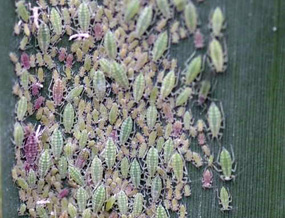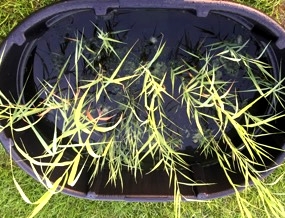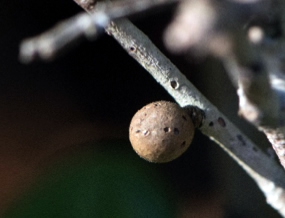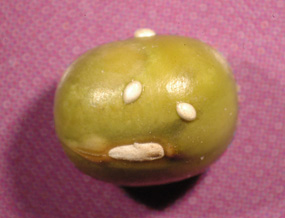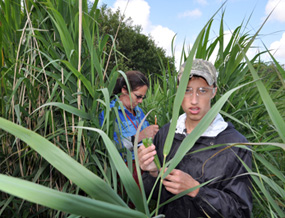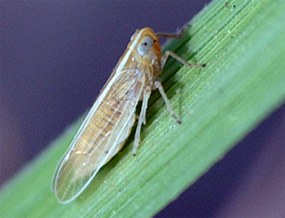Lee, H., R. Diaz, J. Johnston, I. A. Knight, J. A. Nyman and J. T. Cronin. 2023. Vegetation restoration following dieback of Phragmites australis in the Mississippi River Delta, USA. Wetlands: https://doi.org/10.1007/s13157-023-01746-8.
The Mississippi River Delta (MRD) is one of the largest wetlands in the world and is currently experiencing widespread dieback of its most prevalent plant species, Phragmites australis. The potential for revegetation of dieback sites was assessed by planting three morphologically and genetically distinct lineages of P. australis at each of nine different sites in the MRD that varied in water depth. These lineages are found in the MRD and include Delta, the most common lineage in the MRD and most prone to dieback, EU, a highly invasive lineage of North American marshes, and Gulf, a common lineage of the Gulf Coast and southern United States. Four additional wetland species were planted at a subset of these sites. Plantings were monitored for 32 months during which time, we surveyed plantings for survival, growth and infestation by a scale insect that has been implicated in P. australis dieback. Survivorship differed considerably among plant lineages and species and by 6 months, Delta, Gulf and California bulrush (Schoenoplectus californicus) had twice the survivorship of the other lineages and species. However, by the end of the study, Delta, Gulf and bulrush were the only plant types alive, with Delta persisting in more than twice as many sites and having 6.1 and 8.4 times more area of coverage as Gulf and bulrush, respectively. Regardless of the lineage or species planted, water depth was negatively related to survivorship of the plantings. Although scale insects quickly colonized P. australis plantings and achieved twice the abundance on Delta than the other lineages, we found no evidence that scales were inhibiting the growth of P. australis. Despite potential negative legacy effects of dieback, Delta can be used revegetate these shallow-water sites within a year following a dieback event.
